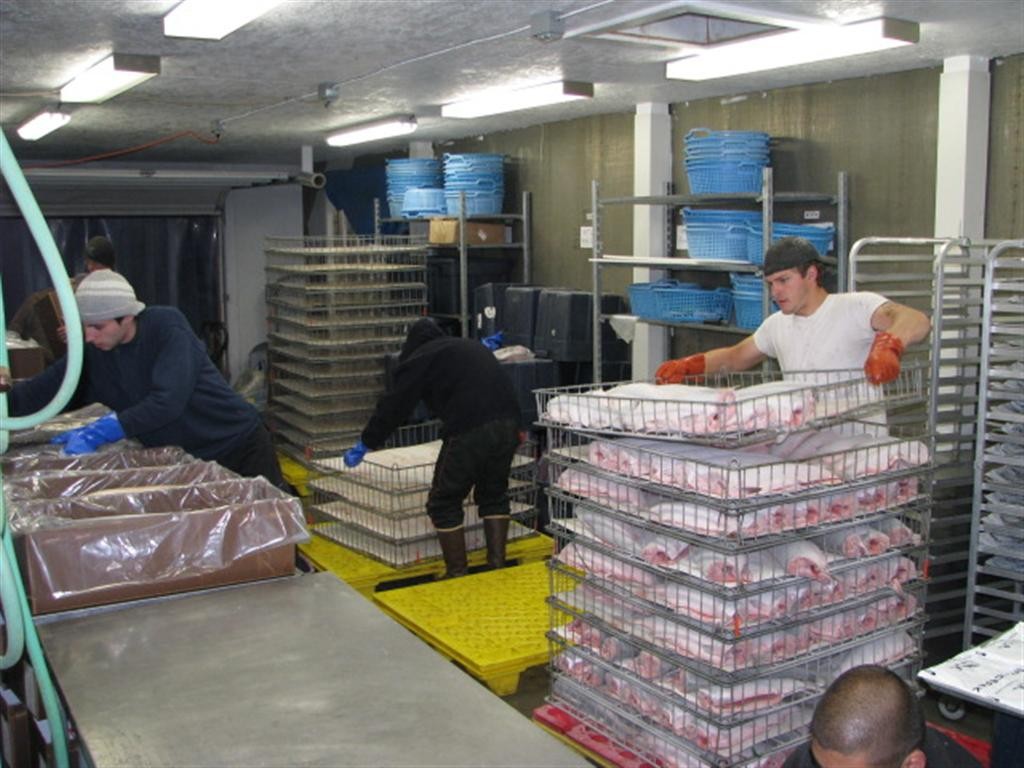It’s no secret that the offshore fishing industry can be a dangerous place to work, especially in Alaska where 399, or one third, of all the state’s work-related deaths from 1990 to 2014 occurred in the fishing industry.
The discussions and reports of the causes of those fatalities, and injuries, almost always center on fishermen working on deck and the mistakes that lead to crushed limbs, falls overboard and vessels sinking. Now, a new study in the September 2018 issue of Journal of Safety Research focuses on injuries to people working below-deck while processing the catch.
Bearing the title “Occupational Traumatic Injuries Among Offshore Seafood Processors In Alaska, 2010—2015”, the study uses Coast Guard injury reports to determine patterns of traumatic injury.
That six-year time period included one fatal accident and 304 nonfatal injuries on catcher processors and mothership vessels. The most frequently occurring injuries were to the upper extremities (121 injuries, 40 percent) and the trunk (75 injuries, 25 percent).
Based on the study’s findings, you stood the best chance of being injured while working on the production line (68 injuries, 22 percent), stacking blocks/bags of frozen product (50 injuries, 17 percent), and repairing, maintaining and cleaning factory equipment (28 injuries, 9 percent).
The study concludes that “preventing musculoskeletal injuries, particularly to workers’ upper extremities and trunks, is paramount. Some injuries, such as serious back injuries, intracranial injuries, and finger crushing or amputations, had the potential to lead to disability.”
Thinking about how to reduce these injuries, the authors suggest several targets: overexeration from lifting and lowering objects and equipment; avoiding having equipment and boxes falling on workers; workers being caught in running machinery; slips, trips and falls.







